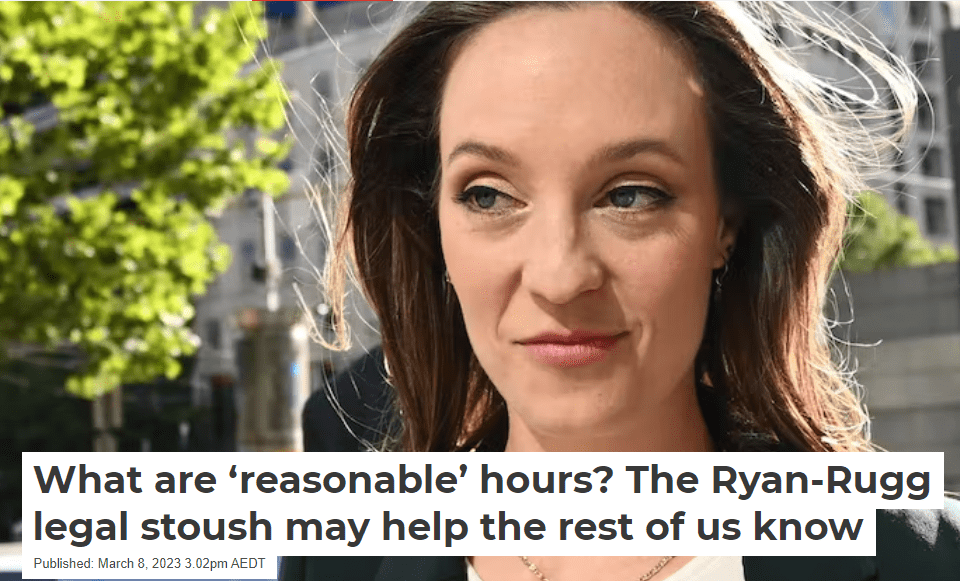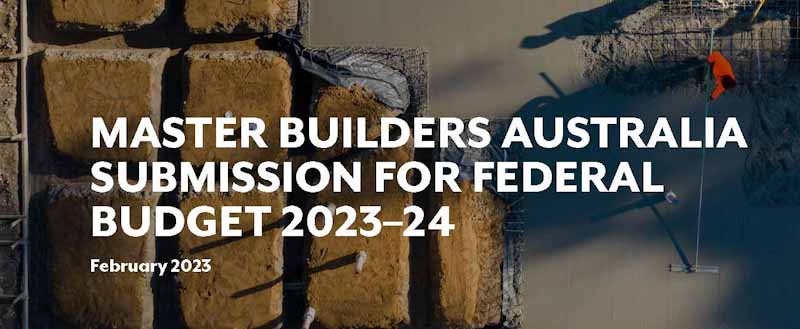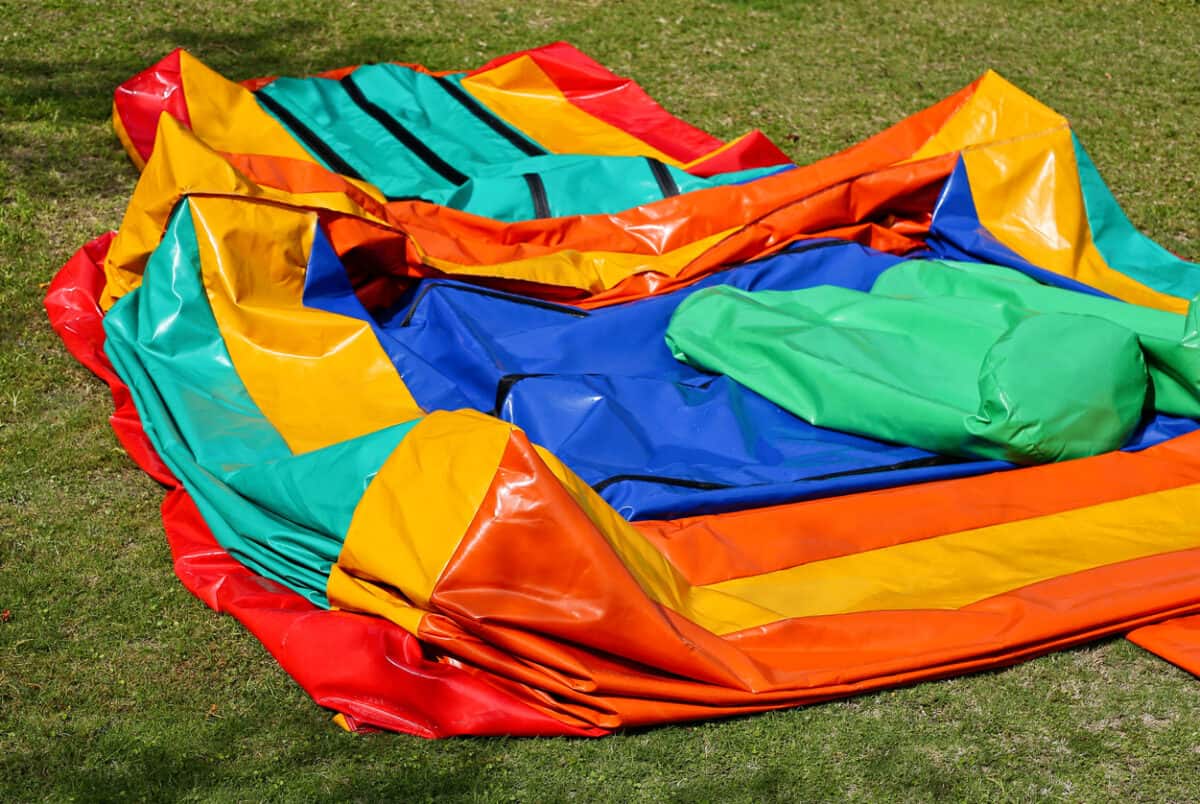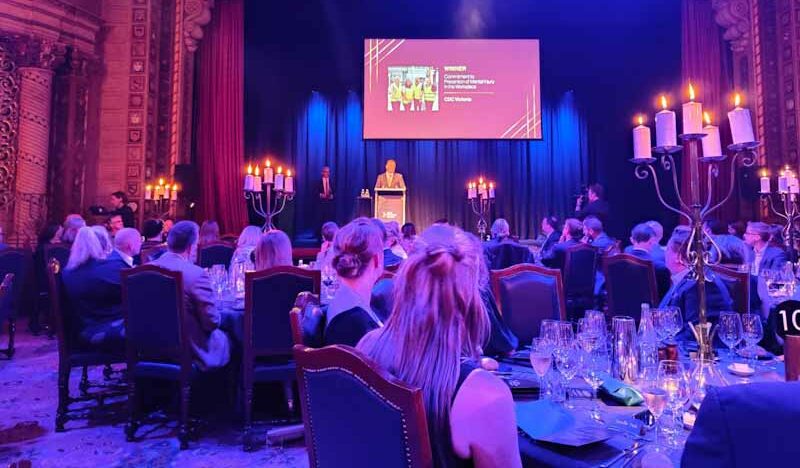On March 8, 2023, Giuseppe Carabetta, Associate Professor, University of Technology Sydney, wrote about how the current dispute between Politician Monique Ryan and her former Chief of Staff, Sally Rugg, could open the door to lots of legal action through the courts and the Fair Work Commission. Sadly occupational health and safety (OHS) does not feature, but let’s look at the industrial relations context first and consider what is meant by “reasonable”.
Any OHS strategy needs to generate spillovers
Reading Safe Work Australia’s latest ten-year strategy forced me to think creatively.
SWA’s discussion of Persistent Challenges suggests controls that are almost all at the Administrative Control level – education, awareness, knowledge, training, understanding, support, communication and more. This is after admitting that:
“Injury and fatality rates have fallen significantly over the last decade. However, progress has slowed.”
Page 5
How can we increase the use of the Hierarchy of Controls (HoC) in determining safety-related policy? How can we get organisations to progress up the control hierarchy to show others that it is possible to prevent all of the incidents that everyone agrees are preventable? (Refer to WorkSafe Victoria’s Colin Radford for a recent example of this belief:
“Every workplace incident, every injury, every illness, every death is entirely unequivocally preventable.”)
Odd OHS comments from the Master Builders
Every year the Australian government releases a budget explaining what it plans to do over the next 12 months or longer. Business groups and trade unions often release documents submitted to the government, although whether the government requests this is unclear. Recently the Master Builders of Australia (MBA) sent through its submission (not yet publicly available). It has some interesting comments on the responsibility for occupational health and safety (OHS) and responsibility.
WorkSafe Tasmania is not cooperating
In December 2021, five children died, and others were injured when an inflatable jumping castle lifted into the air after a strong gust of wind. WorkSafe Tasmania continues to investigate the incident, as is the Tasmanian Coroner. Recently the Coroner postponed the inquest because WorkSafe would not provide documents essential to the process, prolonging the grief of the families and the local community who want, and need, answers.
Engineered stone and deadly silica risks seem here to stay
So Australia did not ban the importation of engineered stone. The Heads of Workplace Safety Authorities (HWSA) have issued a Communique and a joint media release outlining their decision. It’s a political slap in the face to the trade unions who went hard on the ban.
Many organisations supported the call to ban the importation and use of engineered stone due to the unacceptable risk associated with cutting the product. Many were strident in need for the ban. Even the Federal Minister for Workplace Relations, Tony Burke, was talking tough on the morning of the critical meeting of the Heads of Workplace Safety Authorities. So what went wrong?
Awards Night speeches
The WorkSafe Victoria Awards Night for 2022 contained three main speeches:
- Minister for WorkSafe – Danny Pearson
- WorkSafe CEO – Colin Radford
- Worksafe Chair – Bob Cameron
Pearson
Pearson’s speech contained a couple of elements that implied it was written by someone without a deep understanding or history of OHS in Victoria. He mentioned “Kaizen” which was a blast from the past, being associated with lots of Lean managements and Six Sigmas. These concepts are rarely heard of in OHS circles now, perhaps because the Kaizen focus in Australia was often on individual workers and efforts rather than systems of work. Pearson said:
Plenty of sparkle but little spark
The latest awards night for WorkSafe Victoria achieved its scope – present awards for people and organisations who do occupational health and safety (OHS) well. Some categories are for extraordinary effort, achievements or innovation, and winning any award from WorkSafe is important to the winners, but some were flat.






